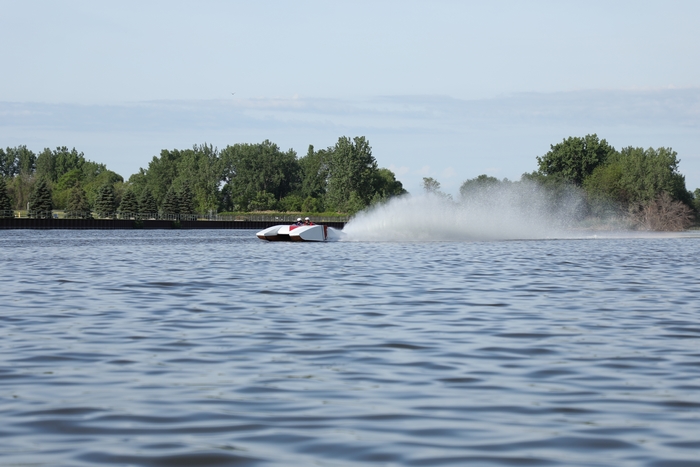
By Don Gutzmer – GBI Technical Advisor
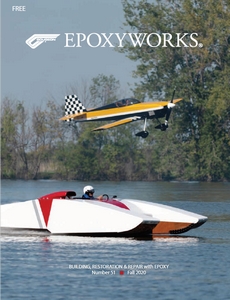
My good friend and previous employer, Jon Staudacher, always surprises me with how he designs and builds his projects. Jon creates everything from hydroplanes to airplanes using materials and methods that are logical and practical. He would say he treats most of the things he builds like a science project, experimenting with new concepts in design and materials, and continually learning new things. I will explain some of Jon’s unique approaches to a few of his recent projects.
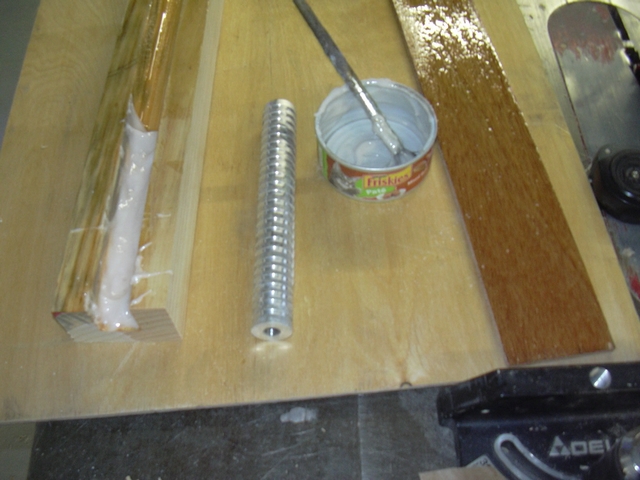
The Animal – Jon Staudacher’s Wooden Hydroplane
The first project is a wooden hydroplane boat that is powered with a Big Block Chevy 480 cubic inch motor. The boat was built using Hydrotek® marine plywood and clear spruce bonded with WEST SYSTEM® Epoxy. It’s a two-seat hydroplane so that non-racers can experience what it’s like to travel 100+ mph on the water. What’s unique about this design is the hull, which he built like an aircraft wing. The height of the hull side is around 34″, ensuring the boat will float with substantial freeboard while increasing reserve buoyancy.
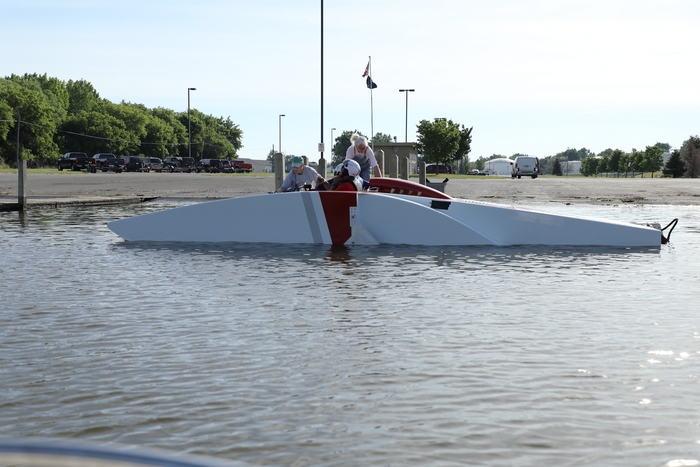
The boat’s longitudinal hull stringers are similar to the ribs of an airplane wing. To minimize the overall hull weight, he designed the hull with wooden trusses instead of solid bulkheads down the center of the sponsons and the areas aft of the engine compartment. The boat weighs only 960 lbs. without the motor.
He used scrap wood for the trusses. Jon always minimizes waste and often finds ways to incorporate it into the build.
To help increase the turning fin attachment’s holding power, he cut a wooden block to create a channel for an aluminum rod that has machine threads in the end for a bolt. Jon used his lathe to machine the outside of the rod so notches ran down the length of it. This helps increase the mechanical holding power. He used WEST SYSTEM Epoxy thickened with 404 High-Density filler to attach the aluminum rod, then covered it with a wooden cap. This method ensures the outside of the bar is encapsulated in epoxy and there are no air voids. The entire assembly can be epoxied in the hull at the desired location.
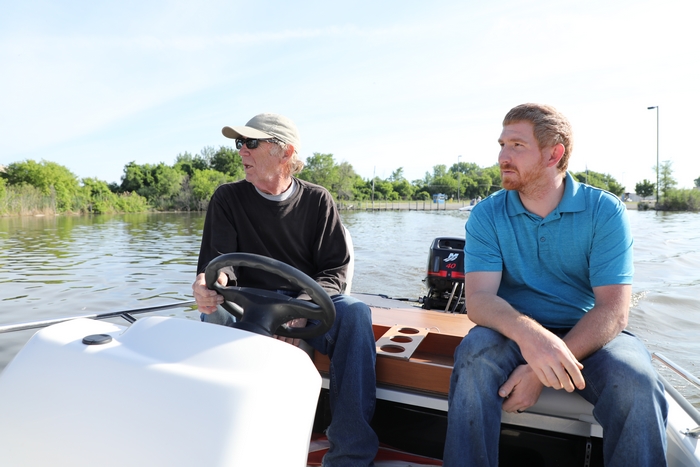
This is a major improvement over the usual method of drilling a hole into a wooden block after it is installed. That approach makes it difficult to coat the outside of the hardware with epoxy and can also leave air voids when the hardware is inserted. The design for the propeller strut and shaft on the hull is also unique. The strut consists of a hollow aluminum tube that is bonded on with thickened WEST SYSTEM Epoxy. He applied carbon fiber fabric and epoxy over the tube to tab it onto the hull.
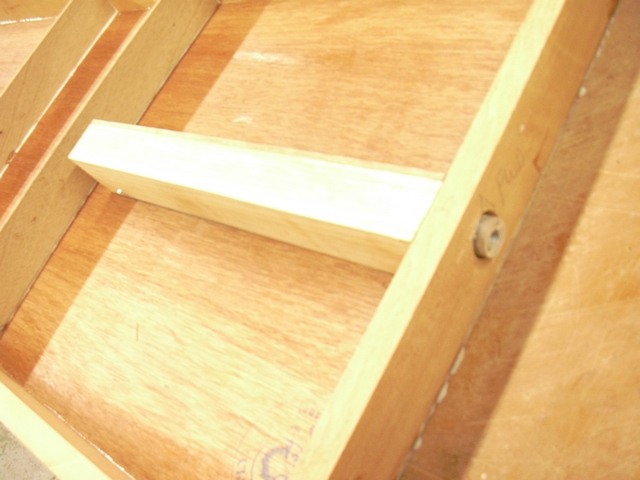
Jon’s design incorporated a steel propeller shaft made from 4130 Chromoly steel tube. The aluminum strut is oil-filled with bronze bushings on the ends. In order to use a Mercury propeller, he welded a splined Mercury driveshaft to the 4130 tubing at its largest diameter. On the other end of the steel shaft, he welded a driveshaft coupler. The prop shaft tube eliminates the need for an expensive stainless steel prop shaft and reduces weight.
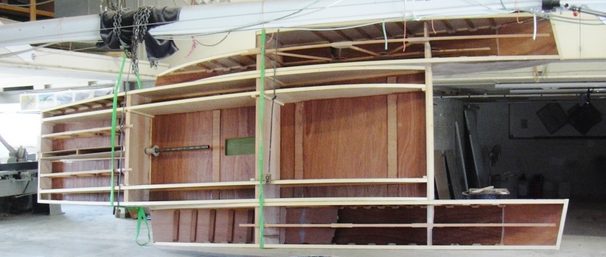
Strange Magic – Jon Staudacher’s Trimaran
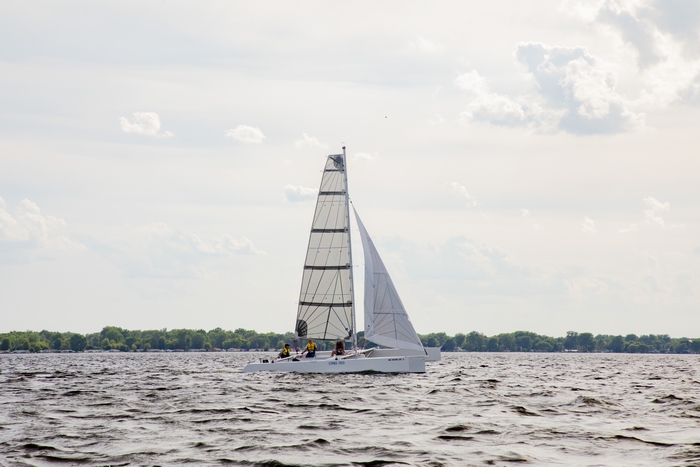
Jon has been intrigued by sailing for many years and enjoys his Hobie Cat. He decided it would be fun to design and build a lightweight, competitive trimaran-using WEST SYSTEM Epoxy-to race with the local sailing association.
The first step was building fiberglass ama hulls from a male plug. The ama bottoms are semicircular (170 degrees) and maintain a semi-circular cross-section from bow to stern. The plywood sides have a shallow bevel where the fiberglass ama attaches to the bottom with G/flex® 655 Thickened Epoxy Adhesive. The semicircular hull bottom gains rigidity because of its geometry. The frames inside of the amas are wooden trusses made from scrap wood, with gussets. These minimize weight, uses up the scrap wood, and provides access to see or reach down into the amas when assembling.
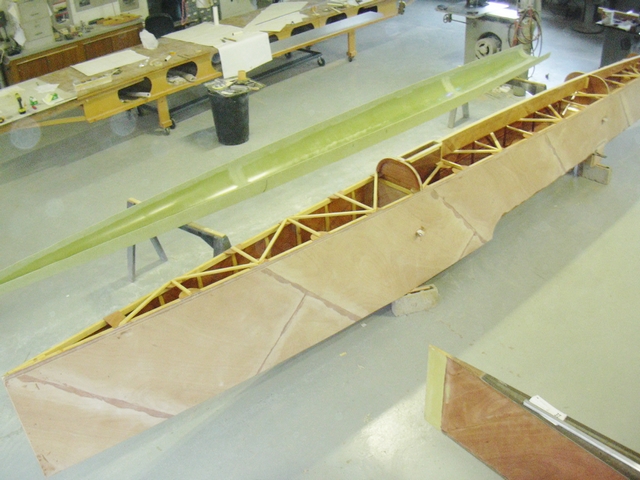
The same wooden male plug was widened 7″ at the stern to build the center section of the trimaran hull. Reusing the mold plug saved time during the building process. The trimaran uses a Hobie Cat 18 mast section that was reinforced as required and lengthened. Likewise, the beams came from a sailboat mast section. The overall hull weight with motor and rigging is around 1,100 lbs. The trimaran has reached speeds of over 20 knots.
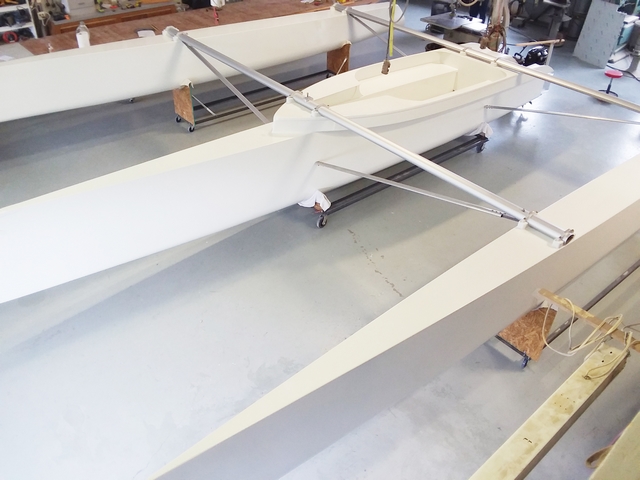
Jon Staudacher-designed Airplane
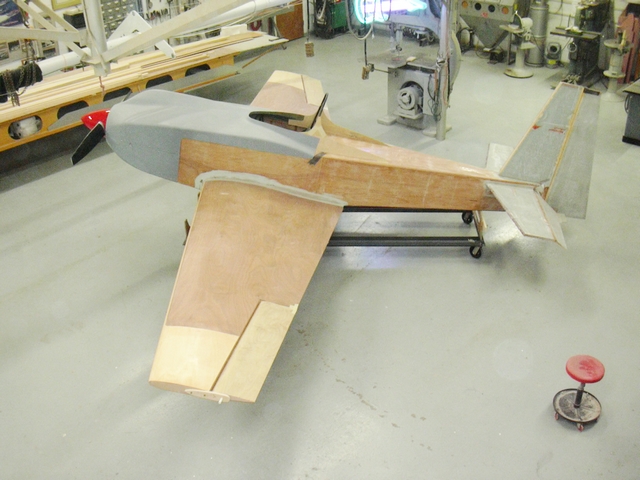
Jon has designed and built more than 30 airplanes in his career. His most recent plane is unique because it will be powered with a Kawasaki ZX 1400 motorcycle engine. The airplane fits his “science project” approach by pushing design and construction to the limit while learning from the process.
He designed the plane with a Chromoly tube truss fuselage, TIG welded to help carry the loads between the engine, wing, landing gear, and tail. The tube fuselage structure also provides safety for the pilot, helps transfer loads effectively, and is a great option for attachment points. The tail surfaces are integral with the fuselage/tail cone which eliminates the need for hardware and fairings.
Jon built the wing with fiberglass/aluminum honeycomb ribs bonded onto its plywood skin. He has found that WEST SYSTEM Epoxy bonds the open cells of the honeycomb to the plywood very well. On his previous aerobatic wing designs, he has used pultruded carbon bars bonded to the wood spar cap. The mismatch of strain at failure of the wood/carbon-fiber spar made Jon rethink his design for the spar on this plane. He decided to use hard maple and transition to Douglas fir towards the outer edges of the wing spar. The idea was to keep the strain at failure for the spar similar throughout its cross-section.
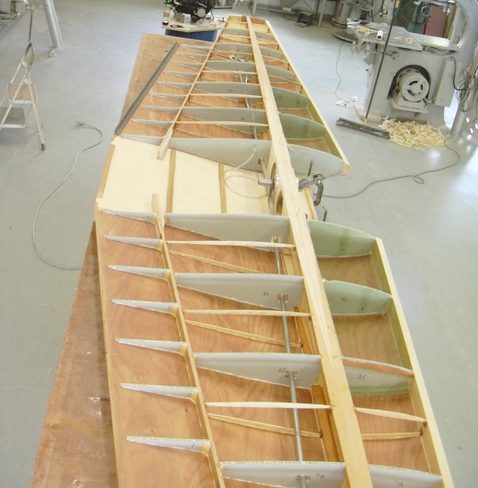
Because the wood wing is highly loaded and weight matters, the materials were carefully selected. The wing has integral leading-edge fuel tanks sealed with WEST SYSTEM Epoxy. These will hold aviation fuel, which does not contain ethanol, so the epoxy will not degrade or soften over time. Once the wing was bolted to the tube fuselage, the wing fairing was made with a couple of layers of 17 oz. 727 Biaxial Tape and faired with 410 Microlight® Filler. He built the fiberglass cowling for the plane from a wooden male plug and then finished with 407 Low-Density Filler before applying the primer.
Whether it improves performance or simplifies production, Jon has a talent for coming up with unique solutions to improve every project he works on. It is always fun to stop by Jon’s shop to see his new designs and how he uses WEST SYSTEM Epoxy on his projects.

